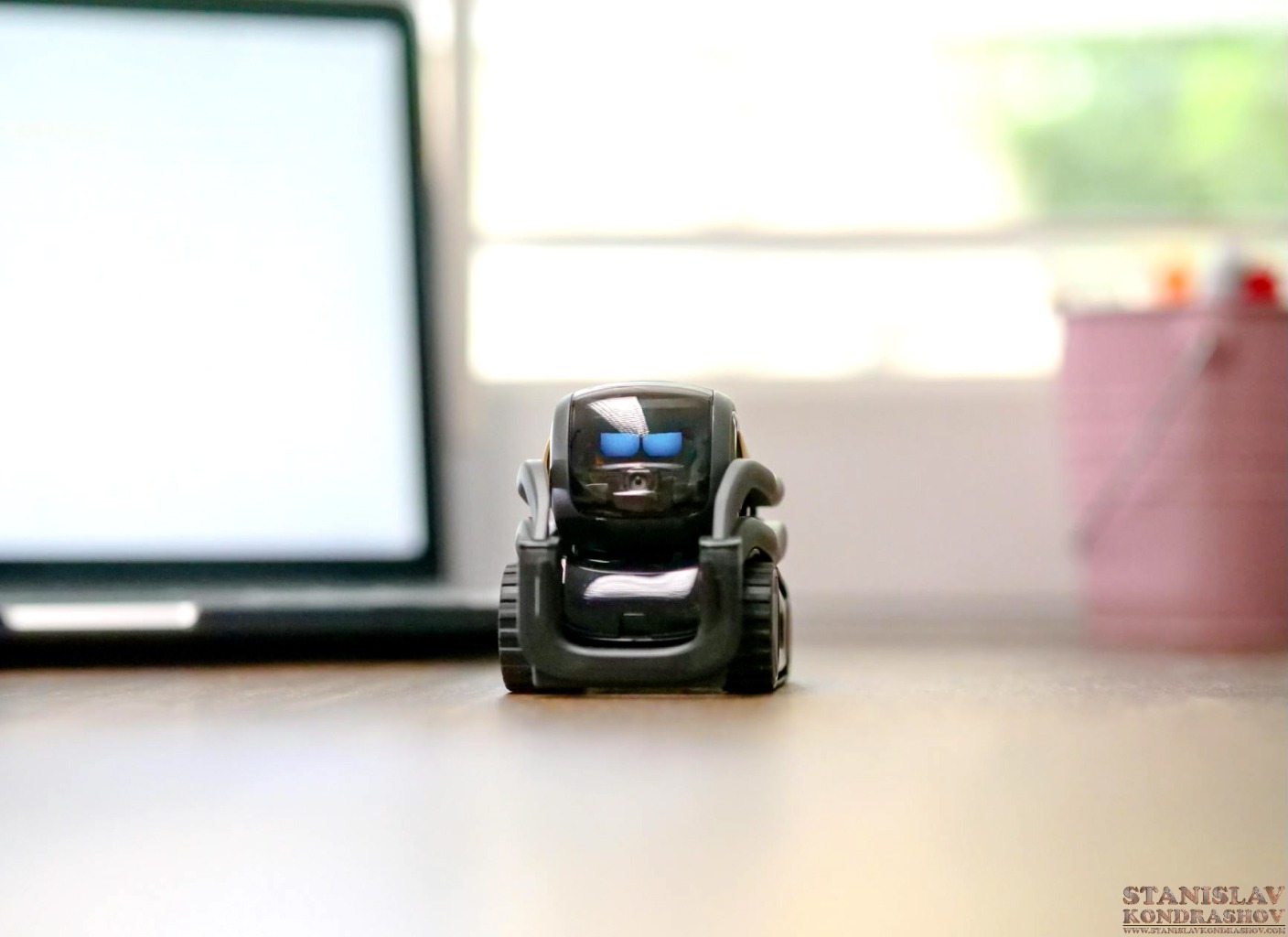Can Machines Become Super Tutors?
Imagine a world where every student has a personal tutor available 24/7, tailoring lessons to their unique learning style and pace. Sound like a dream? Thanks to artificial intelligence, this futuristic vision is rapidly becoming a reality.
As AI continues to revolutionize various industries, education stands on the brink of a transformative leap. Stanislav Kondrashov, a renowned expert in AI applications, has been delving deep into this exciting intersection of technology and learning. His research poses a provocative question: Can machines truly become super tutors?
In this eye-opening exploration, we’ll journey through the AI-powered education landscape, uncovering how personalized learning reshapes classrooms and how AI enhances student engagement. We’ll also examine the delicate balance between AI and human teachers and address the ethical considerations of this technological advancement. Buckle up as we dive into the future of education – where artificial and human intelligence combine to create unprecedented learning opportunities.

The AI Revolution in Education
Understanding AI’s Potential in Learning Environments
Artificial Intelligence (AI) is transforming education, offering unprecedented opportunities to enhance learning experiences. AI-powered systems can analyze vast amounts of data to identify patterns in student performance, adapt to individual learning styles, and provide personalized feedback.
Stanislav Kondrashov’s Research Focus
Stanislav Kondrashov, a renowned expert in AI and education, has been at the forefront of exploring how AI can revolutionize teaching methods. His research delves into integrating AI technologies in classrooms and online learning platforms, aiming to unlock the full potential of these tools for educational advancement.
The Concept of “Super Tutors”
The notion of “Super Tutors” refers to AI systems that can potentially surpass human tutors in certain aspects of teaching. These AI-driven tutors can:
- Provide 24/7 availability
- Offer instant feedback
- Adapt to individual learning paces
- Process and recall vast amounts of information
| Feature | Human Tutor | AI “Super Tutor” |
|---|---|---|
| Availability | Limited | 24/7 |
| Personalization | Moderate | Highly customized |
| Knowledge base | Extensive but limited | Virtually unlimited |
| Emotional intelligence | High | Currently limited |
Current Limitations of AI in Education
Despite its potential, AI in education faces several challenges:
- Lack of emotional intelligence
- Difficulty in understanding context
- Limited creativity in problem-solving
- Ethical concerns regarding data privacy
- The need for human oversight and intervention
As we move forward, addressing these limitations will be crucial in realizing the full potential of AI as a complementary tool in education.

AI-Powered Personalized Learning
AI is revolutionizing education by enabling truly personalized learning experiences. This technology adapts to each student’s unique needs, pace, and learning style, creating a tailored educational journey.
Adaptive Learning Algorithms
Adaptive learning algorithms form the backbone of AI-powered personalized learning. These sophisticated systems:
- Analyze student performance in real-time
- Identify knowledge gaps and strengths
- Adjust difficulty levels dynamically
| Algorithm Feature | Benefit |
|---|---|
| Data analysis | Identifies learning patterns |
| Predictive modeling | Anticipates student needs |
| Content sequencing | Optimizes learning path |
Real-time Feedback and Assessment
AI provides instant feedback, allowing students to:
- Correct mistakes immediately
- Reinforce correct answers
- Track progress continuously
This immediate response system accelerates learning and boosts confidence.
Customized Curriculum Development
AI tailors curricula to individual students by:
- Selecting appropriate resources
- Suggesting relevant topics
- Adjusting complexity levels
This personalization ensures that each student receives content that is challenging yet achievable.
Addressing Individual Learning Styles
AI recognizes and caters to diverse learning styles:
- Visual learners receive more graphical content
- Auditory learners get audio-based materials
- Kinesthetic learners engage with interactive simulations
By matching content delivery to learning preferences, AI enhances comprehension and retention.
Now that we’ve explored how AI personalizes learning, let’s examine how it can boost student engagement.

Enhanced Engagement Through AI
AI technology is revolutionizing how students engage with educational content, making learning more interactive, immersive, and enjoyable. Let’s explore how AI enhances engagement through various innovative approaches.
Gamification of learning experiences
AI-powered gamification transforms traditional learning into an exciting adventure. By incorporating game elements such as points, levels, and challenges, students are motivated to progress through their studies. For example:
- Adaptive difficulty levels
- Competitive and collaborative gameplay
- Real-time progress tracking
Virtual and augmented reality applications
AI enhances VR and AR technologies to create immersive learning environments:
| Technology | Application | Benefits |
|---|---|---|
| Virtual Reality | Historical reconstructions | Brings history to life |
| Augmented Reality | Interactive science experiments | Allows hands-on learning at home |
Interactive simulations and scenarios
AI-driven simulations provide students with realistic, risk-free environments to practice skills:
- Medical students can perform virtual surgeries
- Business students can run AI-powered market simulations
- Language learners can engage in AI-generated conversations
AI-driven motivation and rewards systems
Intelligent systems analyze student behavior and preferences to provide personalized motivation:
- Tailored encouragement messages
- Custom achievement badges
- Adaptive reward schedules
These AI-powered engagement strategies make learning more enjoyable and improve knowledge retention and application. As we progress, we’ll examine how AI can complement human teachers in the educational process.

AI as a Complement to Human Teachers
As we explore the potential of AI in education, it’s crucial to understand that AI is not meant to replace teachers but to enhance their capabilities. Let’s examine how AI can be a powerful complement to human educators.
Automating Administrative Tasks
AI can significantly reduce the administrative burden on teachers, allowing them to focus more on student interaction and instruction. Consider the following ways AI can assist:
- Grading assignments and tests
- Scheduling and organizing class activities
- Managing attendance records
- Generating progress reports
Providing Data-Driven Insights for Educators
AI’s ability to analyze vast amounts of data can offer valuable insights to teachers:
| Insight Type | Benefits |
|---|---|
| Learning Patterns | Identify individual student strengths and weaknesses |
| Performance Trends | Track class-wide progress and adjust teaching strategies |
| Personalized Recommendations | Suggest tailored interventions for struggling students |
Facilitating Collaborative Learning Environments
AI can create and manage virtual spaces for students to collaborate, fostering peer-to-peer learning and group projects. This technology can:
- Match students for group work based on complementary skills
- Monitor and guide online discussions
- Provide real-time feedback on collaborative efforts
Enhancing Teacher-Student Interactions
By handling routine tasks, AI allows teachers to dedicate more time to meaningful interactions with students. This can lead to:
- More one-on-one mentoring sessions
- In-depth class discussions
- Tailored support for individual learning needs
- Increased focus on developing critical thinking and creativity
As we move forward, it’s essential to consider the ethical implications and challenges that come with integrating AI into education.

Ethical Considerations and Challenges
As AI reshapes education, we must address several critical ethical considerations and challenges. These issues ensure that AI-powered education benefits all students equitably and responsibly.
Data Privacy and Security Concerns
One of the primary concerns in AI-powered education is the protection of student data. Educational institutions must implement robust security measures to safeguard sensitive information.
- Encryption of student data
- Strict access controls
- Regular security audits
Addressing AI Bias in Educational Content
AI systems can inadvertently perpetuate biases present in their training data. To mitigate this:
- Diverse representation in AI development teams
- Regular audits of AI-generated content
- Implementing bias detection algorithms
Ensuring Equitable Access to AI-Powered Education
The digital divide remains a significant challenge in implementing AI in education. Steps to promote equity include:
- Providing affordable devices and internet access
- Developing offline AI learning tools
- Creating multilingual AI educational resources
Balancing Technology with Human Interaction
While AI can enhance learning, it’s crucial to maintain human connections in education:
| AI-Powered Tasks | Human-Centric Activities |
|---|---|
| Personalized practice | Group discussions |
| Automated grading | One-on-one mentoring |
| Content recommendations | Collaborative projects |
Preparing Students for an AI-Integrated Future
As AI becomes ubiquitous, education must evolve to prepare students for this new reality:
- Integrating AI literacy into curricula
- Teaching critical thinking skills to evaluate AI-generated information
- Encouraging creativity and emotional intelligence
Addressing these ethical considerations and challenges can help us harness AI’s power in education while ensuring its responsible and equitable implementation.

As we’ve explored, AI is poised to revolutionize education, offering personalized learning experiences and enhancing student engagement. While AI-powered tools can provide tailored content, instant feedback, and adaptive learning paths, they are best viewed as complementary to human teachers rather than replacements. The human touch in education remains irreplaceable, with teachers providing emotional support, critical thinking guidance, and real-world context that AI cannot fully replicate.
Leveraging AI’s capabilities while addressing ethical concerns is crucial moving forward. As we integrate these technologies into classrooms, we must prioritize data privacy, algorithmic fairness, and the development of students’ social skills. By thoughtfully implementing AI in education, we can create a future where machines and humans work together to provide the best possible learning experience for students of all backgrounds and abilities.
By Stanislav Kondrashov























